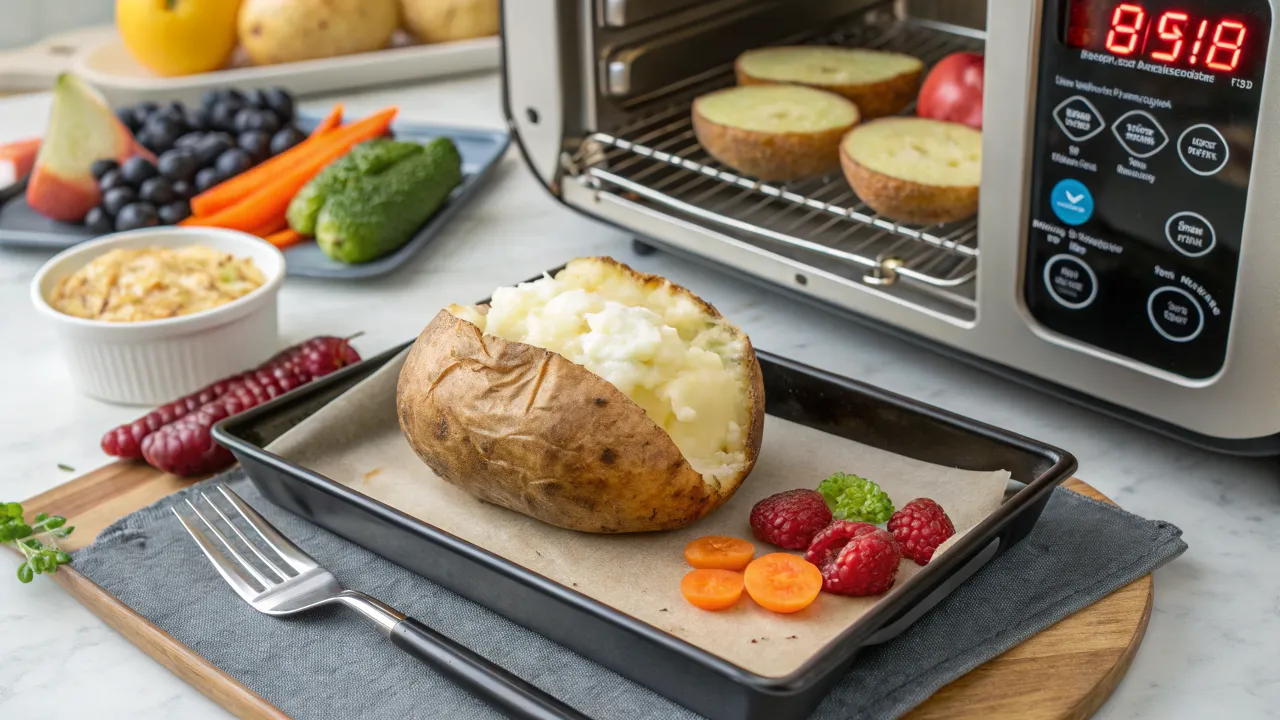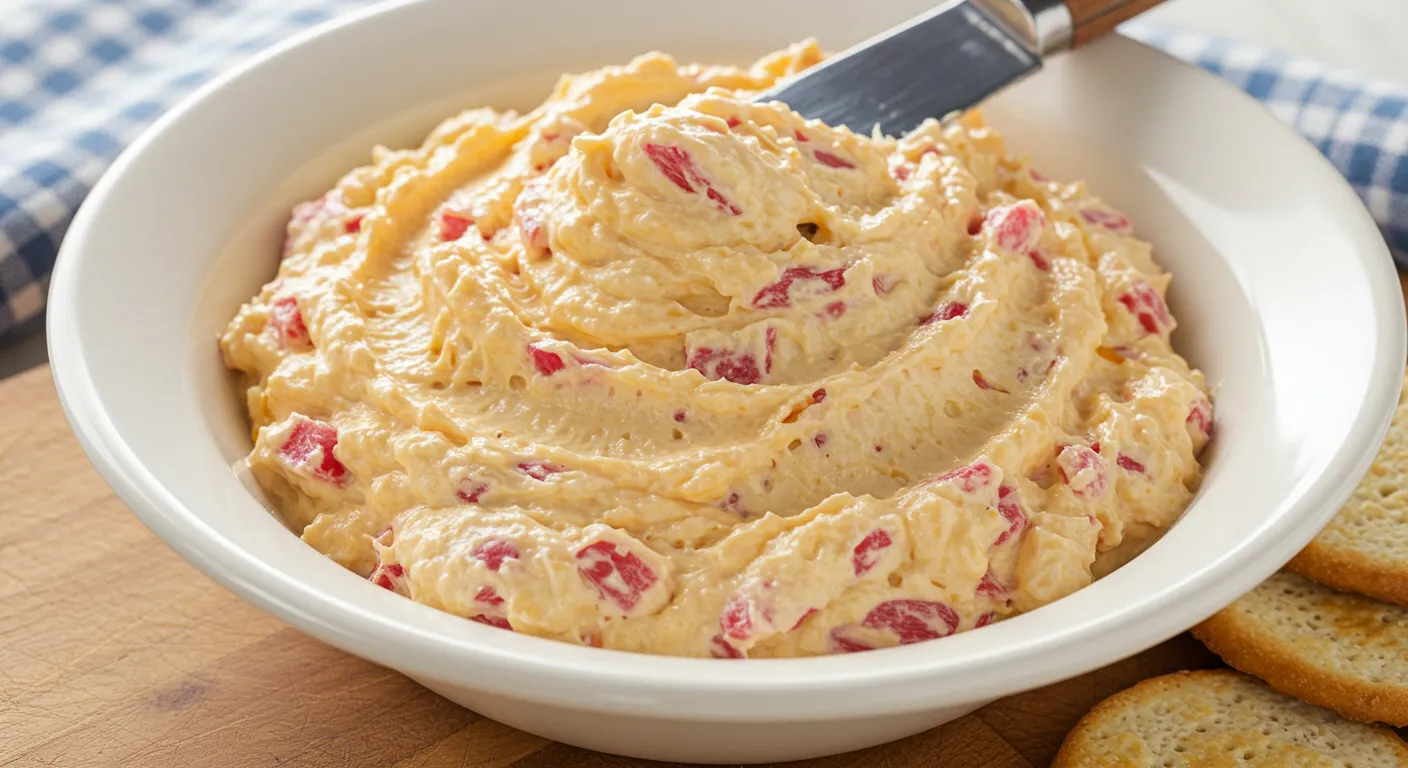Table of Contents
Have you ever wondered how much juice you get in a lime? Whether you’re whipping up a zesty drink, making a delicious recipe, or even trying out some home remedies, knowing exactly how much juice you can squeeze from a lime is a game-changer. This small, bright green fruit packs quite a punch, but the amount of juice can vary depending on the size, ripeness, and juicing method. In this article, we’ll explore how much juice in a lime you can expect, plus tips and tricks to help you get the most out of every lime. Let’s dive in and discover the juicy details that will help you master your kitchen skills!
Why Do People Care About Lime Juice?
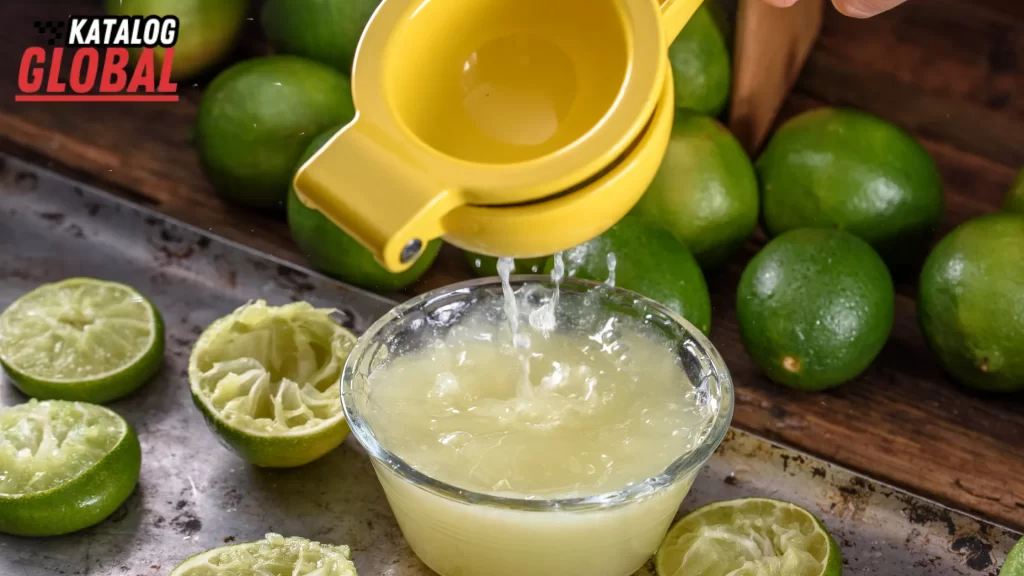
Lime juice is a must-have ingredient in countless dishes and drinks. It’s a star in everything from guacamole and ceviche to margaritas and lemonade. Lime juice is so vital that its flavor can make or break a dish. This is why so many people need to know how much juice in a lime they can expect when cooking or mixing drinks. And it’s not just about cooking. Lime juice is packed with health benefits, too. It’s loaded with vitamin C and antioxidants, making it flavorful and great for your immune system.
Lime juice is also often used for non-culinary purposes, such as cleaning and skin care. It’s a natural solution for brightening your skin, freshening your home, or keeping pesky bugs away. Understanding how much juice you can get from a lime ensures that you use the right amount, whether cleaning a surface or squeezing it into your salad dressing.
Also Read: Why Does Red Food Dye Stain Bowls? Discover the Shocking Truth
How Much Juice Is in One Lime?
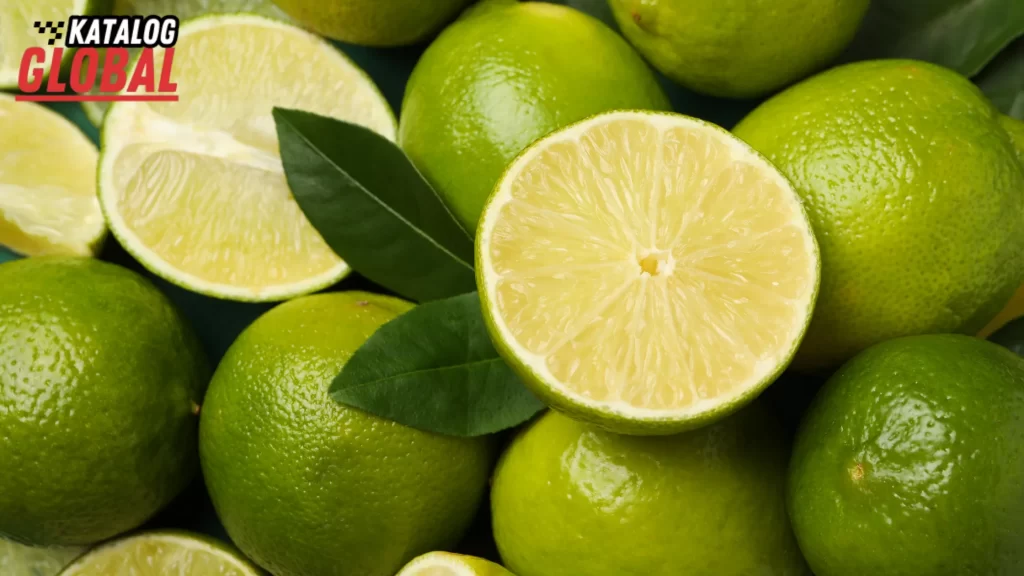
So, let’s get to the heart of the matter: how much juice in a lime can you get? On average, a single medium-sized lime gives you about 2 tablespoons (or 1 ounce) of juice. This amount can vary depending on the lime’s size and ripeness, but 2 tablespoons is a solid estimate to rely on when you’re in the kitchen. Some larger limes might give up to 3 tablespoons, while smaller or drier ones may only produce around 1 tablespoon.
It’s important to note that different varieties of limes, such as critical limes, might have less juice. Key limes are much smaller than the typical Persian lime, so you’ll need more to get the same amount of juice. If a recipe calls for 2 tablespoons of lime juice and you only have key limes, you’ll likely need around 2 to 3 key limes to get the same juice as one regular lime.
Factors That Affect Juice Yield
Several factors impact how much juice in a lime you’ll get, including:
- Lime Size: Bigger limes tend to have more juice. A large lime can offer more than 2 tablespoons, while smaller limes may give less.
- Ripeness: A ripe lime is usually softer, making it easier to juice. Unripe, hard limes can be challenging to squeeze and may offer less juice.
- Freshness: Fresh limes are juicier. Over time, limes dry out, especially if they’ve been sitting in the fridge too long. A fresh lime should feel heavy for its size, indicating a juicy interior.
- Juicing Technique: Whether you hand-squeeze, use a citrus press, or simply roll the lime before juicing can affect the amount of juice you extract.
Also Read: Chamorro Food Secrets: Discover the Flavors of Guam’s Hidden Delights
How to Get the Most Juice from a Lime
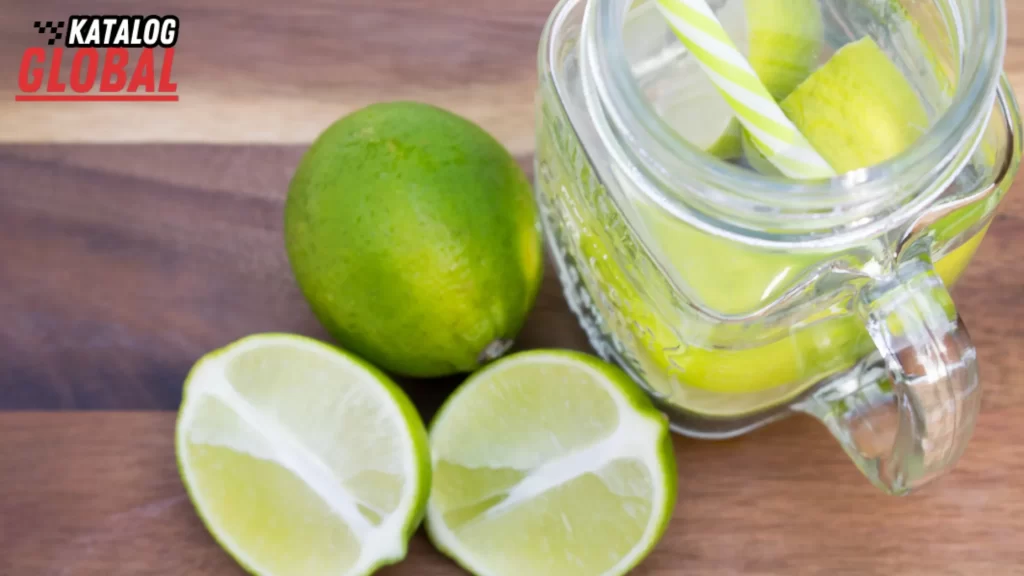
Don’t you hate squeezing a lime and only getting a tiny bit of juice? Well, with these tips, you can maximize how much juice in a lime you get every time:
- Roll the Lime: Before cutting the lime, roll it back and forth on a countertop with the palm of your Hand. This helps break down the internal segments, making it easier to release more juice.
- Microwave the Lime: Pop it in the microwave for about 10 seconds if it feels hard. Warming the lime slightly helps soften the inner membranes, allowing more juice to flow out when you squeeze it.
- Use a Citrus Press: A handheld citrus press can work wonders. Pressing down on the lime extracts more juice than hand-squeezing alone.
- Cut It the Right Way: To get the most juice cut the lime lengthwise instead of in half through the middle. This exposes more of the juice-filled flesh.
- Squeeze by Hand Properly: If you’re squeezing by Hand, use both hands to apply more pressure. Also, squeeze over a bowl so you don’t lose any precious juice.
These simple techniques will help you get the most out of every lime, ensuring that you know exactly how much juice in a lime you’ll get each time you need it.
How Many Limes Do You Need for Popular Recipes?
Recipes often call for a certain amount of lime juice, but how do you know how many limes to use? Don’t worry; we’ve got you covered with these easy measurements:
- 1 tablespoon of lime juice = ½ a lime
- 2 tablespoons (1 ounce) of lime juice = 1 lime
- ¼ cup (2 ounces) of lime juice = 2 limes
- ½ cup (4 ounces) of lime juice = 4 limes
So, if you’re making a batch of fresh limeade and need ½ cup of lime juice, you’ll need about 4 medium-sized limes. These simple conversions will make it much easier to figure out how much juice a lime contains for your recipes, saving you time and effort in the kitchen.
Lime Juice vs. Bottled Lime Juice
You might be tempted to use bottled lime juice instead of squeezing fresh limes. After all, it’s more convenient and saves time, right? While this may be true, there’s a noticeable difference in taste between fresh lime juice and bottled lime juice. Fresh lime juice has a bright, zesty flavor that’s hard to replicate in a bottle. Bottled juice, on the other Hand, is pasteurized, which can dull the flavor and sometimes contains preservatives that alter the taste.
If a recipe specifically calls for fresh lime juice, it’s best to stick with squeezing real limes. However, bottled lime juice can work bottled lime juice. Check the label to ensure it’s 100% lime juice without added sugars or flavorings. But remember, if you want the purest, freshest flavor, nothing beats the real deal.
Fun Facts About Lime Juice
There’s more to limes than just their juice! Check out these fun facts:
- Limes are ancient: Limes originated in Southeast Asia thousands of years ago and were later spread worldwide by explorers and traders.
- Sailors used lime juice to fight scurvy: In the 18th century, British sailors were given lime juice to prevent scurvy, a disease caused by vitamin C deficiency, earning them the nickname “Limeys.”
- Lime juice in cleaning: Lime juice has natural antibacterial properties, making it an excellent natural cleaner for cutting boards, sinks, and other surfaces.
- Limes vs. lemons: Limes are generally smaller and more tart than lemons, and they contain more acid, giving them a more robust flavor punch.
These little nuggets of information make limes even more interesting, beyond the amount of juice they can contain.
Also Read: How Much Juice Is in a Lime? Find the Juicy Answer!
Other Uses for Lime Juice
Apart from being a kitchen staple, lime juice has several surprising uses. Here are a few:
- Natural Cleaner: Lime juice can dissolve grease and grime, making it perfect for cleaning kitchen counters and cutting boards. You can even use it to remove rust or hard water stains.
- Skin Brightener: Lime juice’s vitamin C is excellent for the skin. Applying diluted lime juice can help brighten skin and reduce dark spots.
- Insect Repellent: Mixed with other natural ingredients, Lime juice can repel bugs like mosquitoes. The sharp citrus scent keeps insects at bay.


